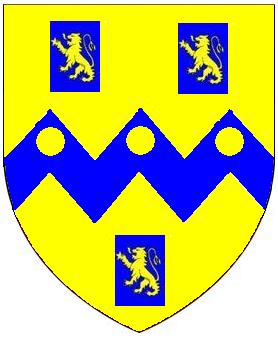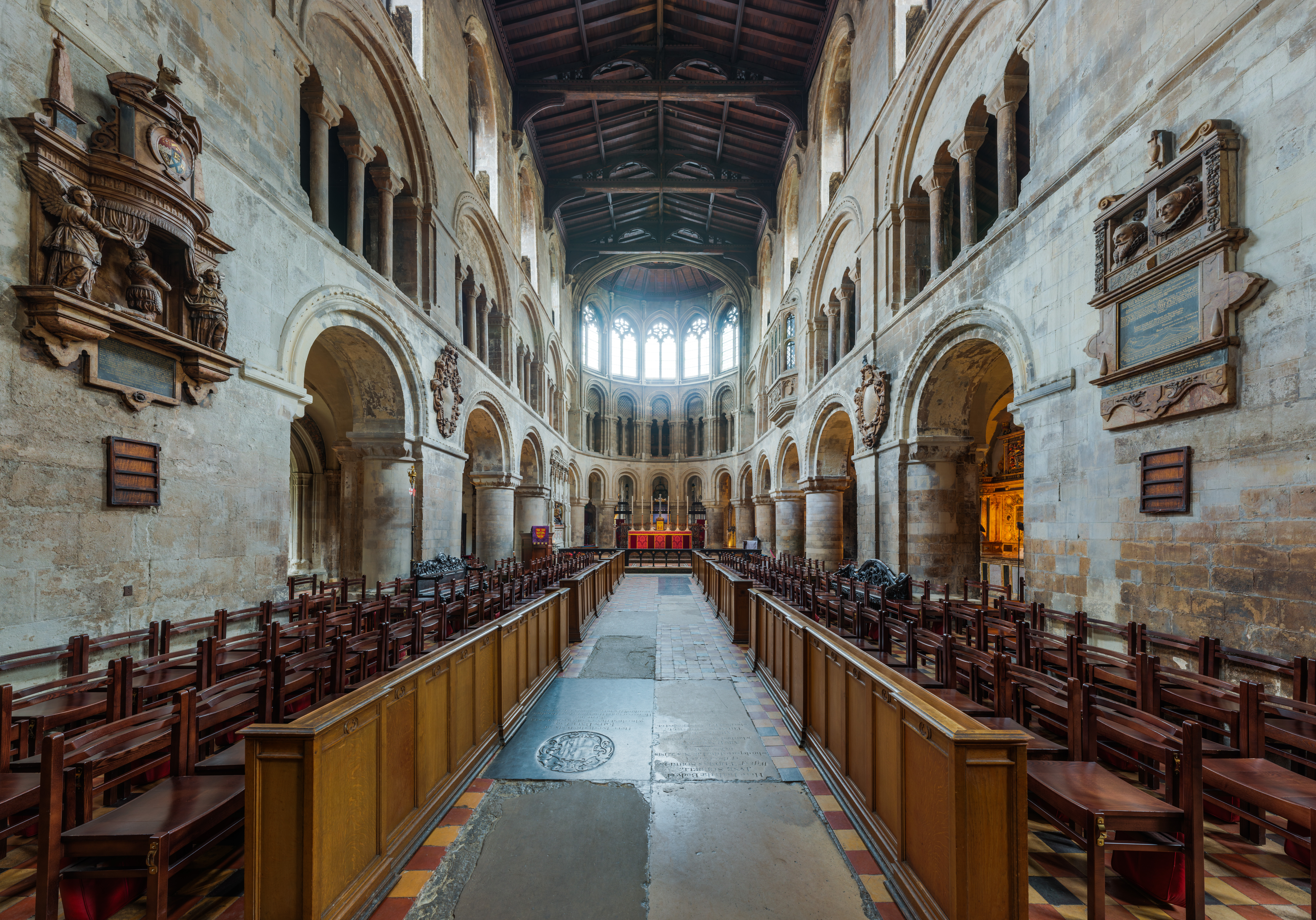|
George Fane
Colonel George Fane (c. 1616 – April 1663) was an English politician who sat in the House of Commons at various times between 1640 and 1663. He was Lord of the Manor of Hunningham. He fought in the Royalist army in the English Civil War. Colonel the Hon. George Fane was the fifth but fourth surviving son of Francis Fane, 1st Earl of Westmorland and his wife, Mary Mildmay (died 1640), daughter and heir of Sir Anthony Mildmay of Apethorpe, Northamptonshire. He was educated at Eton College from 1627 to 1632 and matriculated from Emmanuel College, Cambridge in 1632. He travelled abroad from 1635 to 1638, visiting Italy. In 1640, Fane was elected Member of Parliament (MP) for Callington in Cornwall, a seat controlled by the Rolle family of Heanton Satchville, Petrockstowe. By 1642, he was a Captain of an Irish foot regiment and was Royalist lieutenant colonel by 1643. He was colonel of a foot regiment from 1644 to 1649 and fought as a colonel at Marston Moor. Fane acquired t ... [...More Info...] [...Related Items...] OR: [Wikipedia] [Google] [Baidu] |
Colonel (United Kingdom)
Colonel (Col) is a rank of the British Army and Royal Marines, ranking below brigadier, and above lieutenant colonel. British colonels are not usually field commanders; typically they serve as staff officers between field commands at battalion and brigade level. The insignia is two diamond-shaped pips (properly called "Bath Stars") below a crown. The crown has varied in the past with different monarchs; Elizabeth II's reign used St Edward's Crown. The rank is equivalent to captain in the Royal Navy and group captain in the Royal Air Force. Etymology The rank of colonel was popularized by the tercios that were employed in the Spanish Army during the 16th and 17th centuries. General Gonzalo Fernández de Córdoba divided his troops in to ''coronelías'' (meaning "column of soldiers" from the Latin, ''columnella'' or "small column"). These units were led by a ''coronel''. This command structure and its titles were soon adopted as ''colonello'' in early modern Italian and in Mi ... [...More Info...] [...Related Items...] OR: [Wikipedia] [Google] [Baidu] |
Berkshire
Berkshire ( ; in the 17th century sometimes spelt phonetically as Barkeshire; abbreviated Berks.) is a historic county in South East England. One of the home counties, Berkshire was recognised by Queen Elizabeth II as the Royal County of Berkshire in 1957 because of the presence of Windsor Castle, and letters patent were issued in 1974. Berkshire is a county of historic origin, a ceremonial county and a non-metropolitan county without a county council. The county town is Reading. The River Thames formed the historic northern boundary, from Buscot in the west to Old Windsor in the east. The historic county, therefore, includes territory that is now administered by the Vale of White Horse and parts of South Oxfordshire in Oxfordshire, but excludes Caversham, Slough and five less populous settlements in the east of the Royal Borough of Windsor and Maidenhead. All the changes mentioned, apart from the change to Caversham, took place in 1974. The towns of Abingdon, Didcot, Far ... [...More Info...] [...Related Items...] OR: [Wikipedia] [Google] [Baidu] |
Arthur Ingram
Sir Arthur Ingram (ca. 1565 – 1642) was an English investor, landowner and politician who sat in the House of Commons of England, House of Commons at various times between 1610 and 1642. The subject of an influential biography, he has been celebrated for his "financial skill and ruthless self-interest", and characterized as "a rapacious, plausible swindler who ruined many during a long and successful criminal career". Probably of London birth but of Yorkshire background, he was a very extensive landowner in Yorkshire. He acquired and rebuilt the former Lennox residence at Temple Newsam near Leeds, which became the principal seat of his family, including the Viscount of Irvine, Lords Ingram, Viscount Irvine and their descendants, for over 300 years. Origins and early life The date of Sir Arthur Ingram's birth is not known. He was the second of three sons of Hugh Ingram (died 1614), a prosperous merchant and citizen Worshipful Company of Tallow Chandlers, Tallow Chandler of Lon ... [...More Info...] [...Related Items...] OR: [Wikipedia] [Google] [Baidu] |
Thomas Gardiner (Royalist)
Thomas Gardiner (1591–1652) was an English lawyer and politician who sat in the House of Commons in 1640. He supported the Royalist cause in the English Civil War. Gardiner was called to the bar ar Inner Temple in 1618. He became Recorder of London in 1636 and a bencher of his Inn. In 1639 he became treasurer of his Inn. In April 1640, Gardiner was elected Member of Parliament for Callington in the Short Parliament. He was an unsuccessful Royalist candidate for the city of London. In 1642 he was leading counsel to Sir Edward Herbert, when he was impeached. Gardiner was himself impeached soon after for his support of ship-money. He was solicitor-general to the king at Oxford in 1643. He was a Royalist commissioner at the Treaty of Uxbridge and Royalist attorney-general in 1645. He was pardoned by parliament in 1647 on payment of fine. His daughter Mary was Maid of Honour to Queen Henrietta Maria in France, and one of the four Dressers to Queen Catherine after the Restorati ... [...More Info...] [...Related Items...] OR: [Wikipedia] [Google] [Baidu] |
Samuel Rolle (died 1647)
Sir Samuel Rolle (c. 1588 – 1647)Vivian, p.654: "aged 45 years and more at his father's death" of Heanton Satchville in the parish of Petrockstowe, Devon, served as Member of Parliament for Callington, Cornwall in 1640 and for Devon 1641–1647. He supported the parliamentary side in the Civil War. Origins Rolle was born c. 1588, the eldest son and heir of Robert Rolle (died 1633) of Heanton Satchville in the parish of Petrockstowe, Devon, by his wife Joan Hele, daughter of Thomas Hele of Fleet, Devon. Samuel was a great-grandson, in a junior line, of George Rolle (c. 1486 – 1552) of Stevenstone, Devon, founder of the influential and wealthy Rolle family of Devon, Keeper of the Records of the Court of Common Pleas and MP for Barnstaple in 1542 and 1545. Samuel's brothers includedVivian, p.654 Sir Henry Rolle (1589–1656), of Shapwick in Somerset, Chief Justice of the King's Bench and MP; and John Rolle (1598–1648) a Turkey Merchant and MP. Career In April 1640 ... [...More Info...] [...Related Items...] OR: [Wikipedia] [Google] [Baidu] |
Sir Henry Fane, KB
Sir Henry Fane KB, JP (c. 1650 – buried Basildon 12 January 1706) was the only son and heir of George Fane (1616–1663) of Hatton Garden, by his wife Dorothy daughter and heir of James Horsey of Honnington, Warwickshire. His aunt, Rachel, Countess Dowager of Bath, purchased for him the estate of Basildon House in Berkshire in 1656 and secured him his KB (one of the 23) at the coronation of Charles II on 23 April 1661. He was confirmed in her Irish estates on his marriage in 1668, by which time she was also his guardian. These lands, the Bourchier estate, comprised the manors of Lough Gur and Glenogra in county Limerick and of Clare in county Armagh. Fane was returned as Whig Member of Parliament (MP) for Reading in 1689, 1690 and 1695 (1689–1698). Other awards and posts included: *JP for Devon 1674–1687; JP for Berkshire 1675-87. *Captain in the Queens Regiment of Horse 1678–79; *Freeman of Wallingford 1685; *Freedom of Belfast 1686; *Deputy Ranger of Windsor ... [...More Info...] [...Related Items...] OR: [Wikipedia] [Google] [Baidu] |
Smithfield, London
Smithfield, properly known as West Smithfield, is a district located in Central London, part of Farringdon Without, the most westerly ward of the City of London, England. Smithfield is home to a number of City institutions, such as St Bartholomew's Hospital and livery halls, including those of the Butchers' and Haberdashers' Companies. The area is best known for the Smithfield meat market, which dates from the 10th century, has been in continuous operation since medieval times, and is now London's only remaining wholesale market. Smithfield's principal street is called ''West Smithfield'', and the area also contains London's oldest surviving church, St Bartholomew-the-Great, founded in AD 1123. The area has borne witness to many executions of heretics and political rebels over the centuries, as well as Scottish knight Sir William Wallace, and Wat Tyler, leader of the Peasants' Revolt, among many other religious reformers and dissenters. Smithfield Market, a Grade II li ... [...More Info...] [...Related Items...] OR: [Wikipedia] [Google] [Baidu] |
St Bartholomew-the-Great
The Priory Church of St Bartholomew the Great, sometimes abbreviated to Great St Bart's, is a medieval church in the Church of England's Diocese of London located in Smithfield within the City of London. The building was founded as an Augustinian priory in 1123. It adjoins St Bartholomew's Hospital of the same foundation. St Bartholomew the Great is so named to distinguish it from its neighbouring smaller church of St Bartholomew the Less, which was founded at the same time within the precincts of St Bartholomew's Hospital to serve as the hospital's parish church and occasional place of worship. The two parish churches were reunited in 2012 under one benefice. History Medieval church The church was founded in 1123 by Rahere, a prebendary of St Paul's Cathedral and an Augustinian canon regular. While in Italy, he had a dream that a winged beast came and transported him to a high place, then relayed a message from "the High Trinity and...the court of Heaven" that he was to ere ... [...More Info...] [...Related Items...] OR: [Wikipedia] [Google] [Baidu] |
Cavalier Parliament
The Cavalier Parliament of England lasted from 8 May 1661 until 24 January 1679. It was the longest English Parliament, and longer than any Great British or UK Parliament to date, enduring for nearly 18 years of the quarter-century reign of Charles II of England. Like its predecessor, the Convention Parliament, it was overwhelmingly Royalist and is also known as the Pensioner Parliament for the many pensions it granted to adherents of the King. History Clarendon ministry The first session of the Cavalier Parliament opened on May 8, 1661. Among the first orders of business was the confirmation of the acts of the previous year's irregular Convention of 1660 as legitimate (notably, the Indemnity and Oblivion Act The Indemnity and Oblivion Act 1660 was an Act of the Parliament of England (12 Cha. II c. 11), the long title of which is "An Act of Free and General Pardon, Indemnity, and Oblivion". This act was a general pardon for everyone who had committe ...). Parliame ... [...More Info...] [...Related Items...] OR: [Wikipedia] [Google] [Baidu] |
Wallingford (UK Parliament Constituency)
Wallingford was a constituency in the House of Commons of the Parliament of the United Kingdom. It was a parliamentary borough created in 1295, centred on the market town Wallingford in Berkshire (now in Oxfordshire). It used to return two Members of Parliament (MPs) to the House of Commons; this was cut to one in 1832, and the constituency was abolished in 1885. The town of Wallingford is now within the constituency of Wantage. History Before 1832 the borough consisted only of the town of Wallingford, which by the 19th century was divided into four parishes. The franchise was limited to (male) inhabitants paying scot and lot, a local tax. Namier and Brooke estimated that the number of electors in the mid-18th century was about 200; but the number fluctuated considerably with the fortunes of the town, which had no manufacturing interests and considerable unemployment at some periods. There were never enough voters to avoid the risk of corruption, and systematic bribery genera ... [...More Info...] [...Related Items...] OR: [Wikipedia] [Google] [Baidu] |




